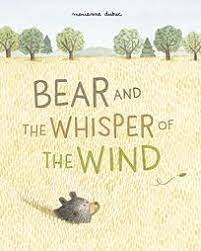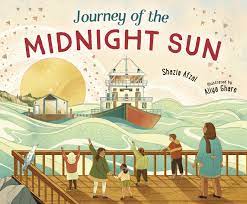"But it takes more than ideas
to build a garden.
Gardens take work. Hard work.
Lift-high-and-lug, pull-and-tug work.
Parents and neighbors bring piles of supplies."
I am excited to be able to share a number of new books about growing gardens. As we embrace the evolution of the field-to-table movement, more and more families look to growing their own foods in every way they can.
Millie is new to the neighborhood, and missing her faraway home. Her surroundings are gray and dull. That makes it hard for Millie to feel sunny and optimistic. Today, she is sparked by an idea. Maybe she can make her gray place feel more like home. Her idea is a garden!
Her friends are not sure it's possible. There is no space at school. Millie disagrees. In class they are learning about seeds. Millie makes her suggestion:
"I tell everyone how I used to live in a tall building -
more than an ocean away.
I helped my family grow food. On our roof.
Cabbages. Radishes. Carrots.
And cauliflower. Which isn't a flower at all."
Millie presents her plan. The teacher suggests making a list of supplies. Suddenly, everyone is keen to share their ideas. The work can begin with everyone knowing it will be hard and lengthy. It's all made better when many people pitch in to help. Once planted, the seemingly endless waiting to see growth begins. All the while, the children are learning - science, math, spelling, reading. When the first seed sprouts, the excitement ramps up.
"Grow plants, grow!"
They do, and soon families are taking home bags of produce. Millie's community garden is a grand success. Bravo, Millie!
Mixed media art is full of warmth, and demonstrates the many stages of planning, clearing, planting, growing, and the benefits of people getting together to make something really special happen. Welcome, spring and all the joys it can bring.

























































